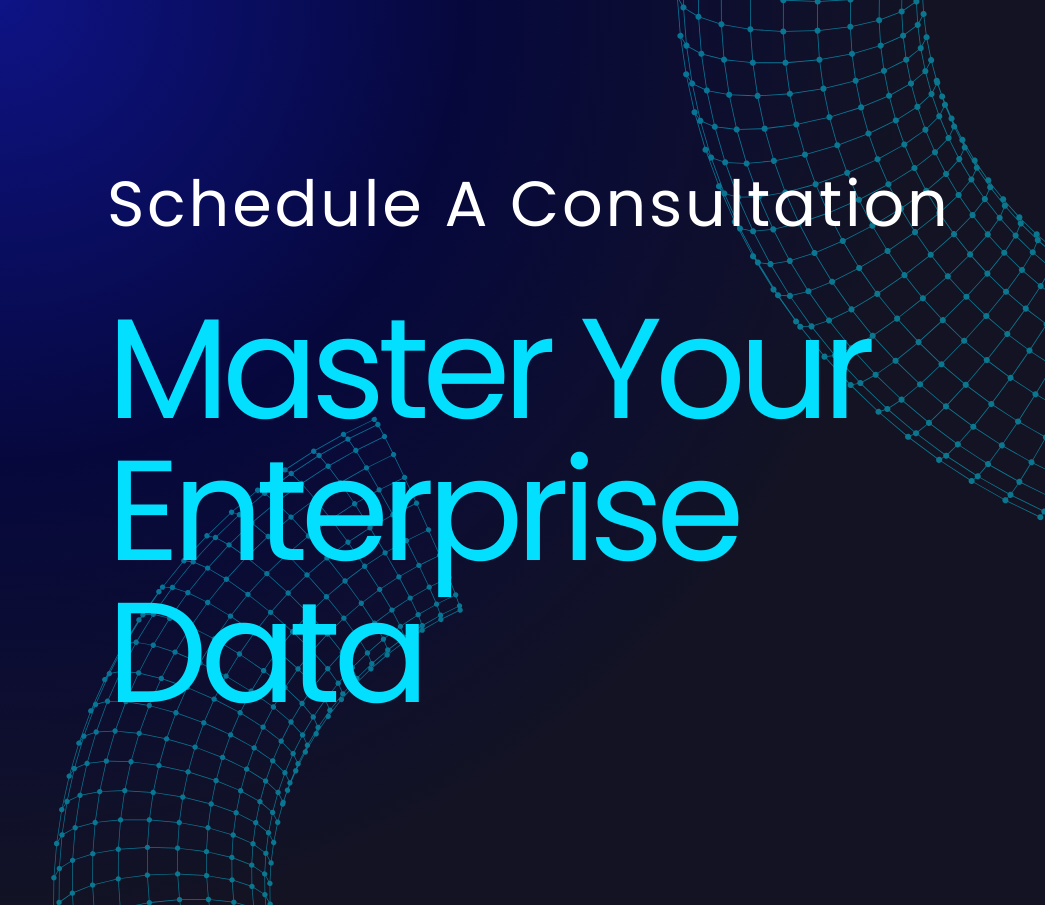The landscape of enterprise troubleshooting has undergone a seismic shift. Gone are the days when IT teams would scramble through manual logs, desperately searching for the proverbial needle in the haystack. Today’s enterprises face a different beast altogether—one that’s far more complex, distributed, and unforgiving.
In this new era, AI-powered enterprise troubleshooting isn’t just a luxury; it’s becoming a necessity for maintaining operational integrity. Every minute of downtime can cost a fortune, and in today’s hyper-connected world, the ripple effects can be catastrophic. The integration of AI into enterprise troubleshooting isn’t a magic wand, but rather a complex dance of algorithms, data, and human expertise.
This article dives into how AI-powered troubleshooting is redefining operational risk management. We’ll explore the anatomy of these systems, from data ingestion to predictive analytics, and examine how they’re shifting the paradigm from reactive to proactive risk mitigation. We’ll also tackle the implementation challenges head-on, providing best practices and key performance indicators to measure success.
As we stand on the cusp of this AI-driven future, one thing becomes clear: the enterprises that thrive will be those that embrace this technology not just as a tool, but as a fundamental shift in how they approach operational resilience and competitive advantage in the digital economy.
Overview
- AI-powered troubleshooting transforms enterprise risk management from reactive to proactive, leveraging vast amounts of data for real-time pattern recognition and predictive analytics.
- The integration of AI in troubleshooting involves complex layers of data ingestion, analysis, and action, augmenting human expertise rather than replacing it.
- Implementing AI-powered troubleshooting requires significant investment in data infrastructure, integration with existing systems, and ongoing training for IT teams.
- Successful implementation can lead to dramatic reductions in Mean Time to Resolution (MTTR) and increases in Mean Time Between Failures (MTBF), directly impacting revenue and customer satisfaction.
- The future of AI in enterprise troubleshooting points towards self-healing infrastructure and deeper integration with emerging technologies like IoT, raising important questions about accountability and ethics in AI decision-making.


















